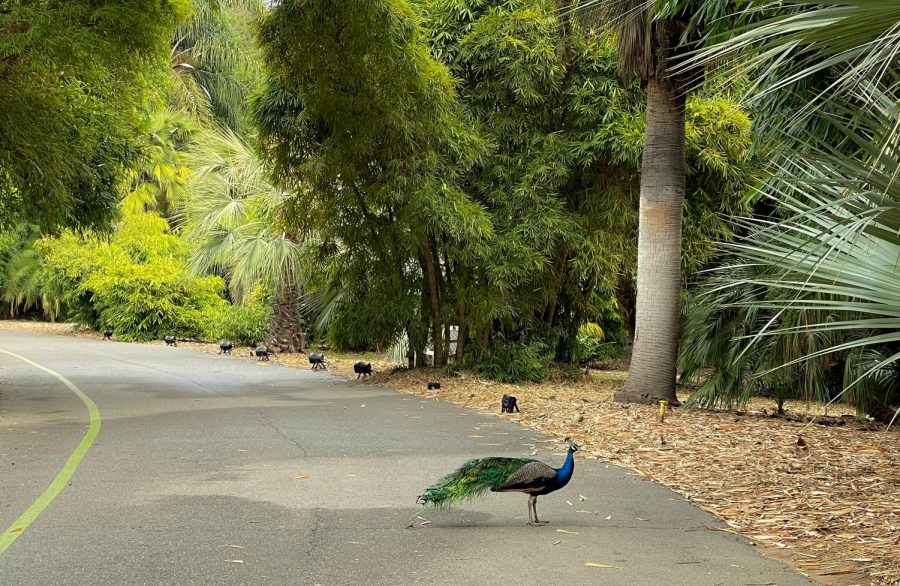How to Take Better Pictures
December 15, 2022
Thanks to the rise of social media, more people are taking pictures, either for their personal enjoyment or to post for others to see. For many, taking a picture seems to be simple: point it at the subject and press the shutter button, and that’s a picture. However, better-quality photos are harder to achieve. If you want to take better pictures, here are some tips (and many sample pictures) using a smartphone.
The main settings you can adjust during a shot are the aperture, exposure, shutter speed, and white balance. Aperture sets the depth of focus; shutter speed, how quickly a camera can shoot a subject; white balance is how neutral colors look; and exposure is how sensitive the camera is to light. Here are some general recommendations.
Aperture: The blurrier the background, the lower (numerically) the aperture. Portrait mode on iPhones as well as the aperture setting featured in Android’s pro mode (the one denoted by an “F.”) can adjust the aperture.
Exposure: The darker the environment, the higher the exposure should be. Android has an exposure setting (denoted by ISO.) For ISO, generally, anywhere between 100-3200 is a good compromise for a wide range of light. For phones, tap on the subject and either drag the focus square up or down (iOS) or adjust the top slider with the sun icon (Android).
Shutter speed: The faster a subject moves, the higher the shutter speed should be (either by its denominator, like 1/200, or by the value, like 200) if you want the subject to be clear. However, shooting at a faster shutter speed will result in less light making it into the camera’s sensor, so compensate with a numerically smaller aperture, greater exposure, or more lighting.
White balance: This setting sets the appearance of neutral colors. Generally for cooler light, the higher the color temperature (in Kelvin) a camera needs to balance, and for warmer light, the lower the color temperature. If you want a completely neutral white, phones can do this setting automatically with success, while filters and settings can help modify colors.
Other factors also impact your photos. Composition rules help frame pictures so they can convey more information beyond the physical photo itself, or make it more satisfying for viewers to look at. The most famous rules are the rule of thirds, which split a picture into three rows and columns, where the most important parts of a subject fall within the lines, or the golden ratio, where the subject should ideally be placed where the Fibonacci spiral begins.
Another important thing for composition is positive and negative space, the amount of space the subject takes. Generally, for things like portraits, the positive space should fill in most of the image. However, the use of negative space helps with identifying things like movement or establishing a landscape.
“When you are starting photography a useful tip to use is following the rule of thirds,” commented junior Peter Zheng.
“By placing the subject on one of the vertical lines of a frame, it draws attention to the big idea and incorporates the background along with the subject,” he said. “I use the rule of thirds mainly with landscape photos. When you want to tell a story with a photo you want to try to capture the subject while they are in motion. By increasing the shutter speed of the camera you can make that happen. In addition, if you want to incorporate flow into a photo you can give the subject space in the frame to travel.”
Hopefully, with these guidelines, you can take better pictures when you’re out on a trip or just strolling around. But, what’s most important is your own creativity. Your phone and these settings can help, but you have to shoot the photo. Happy photographing!

